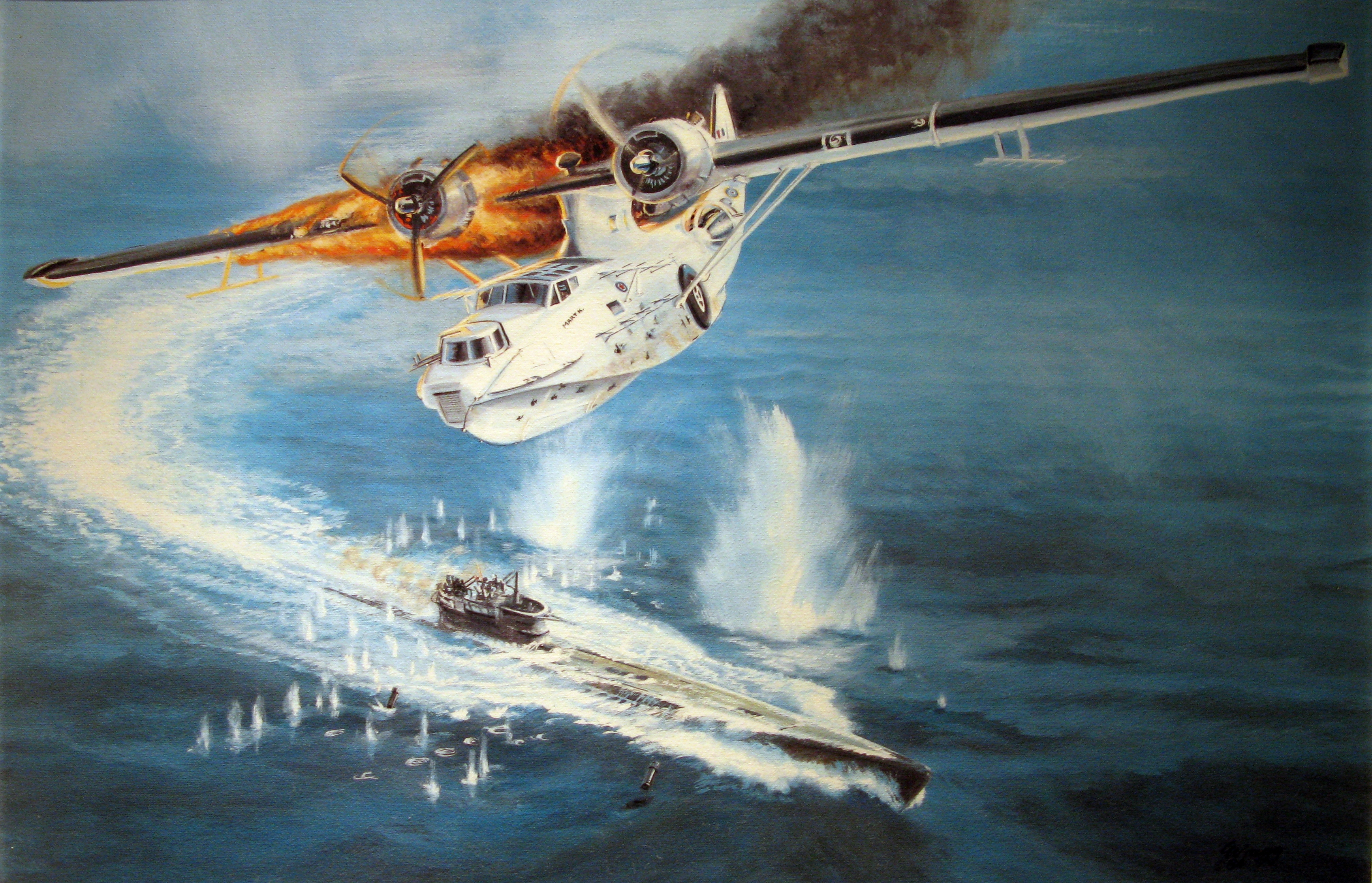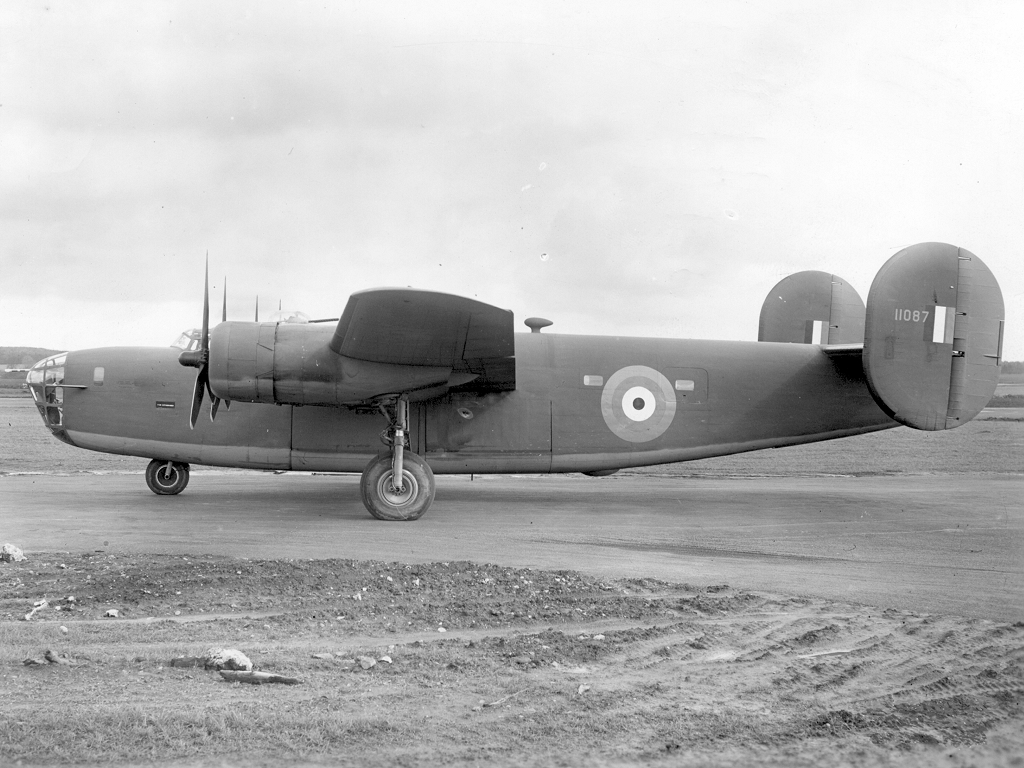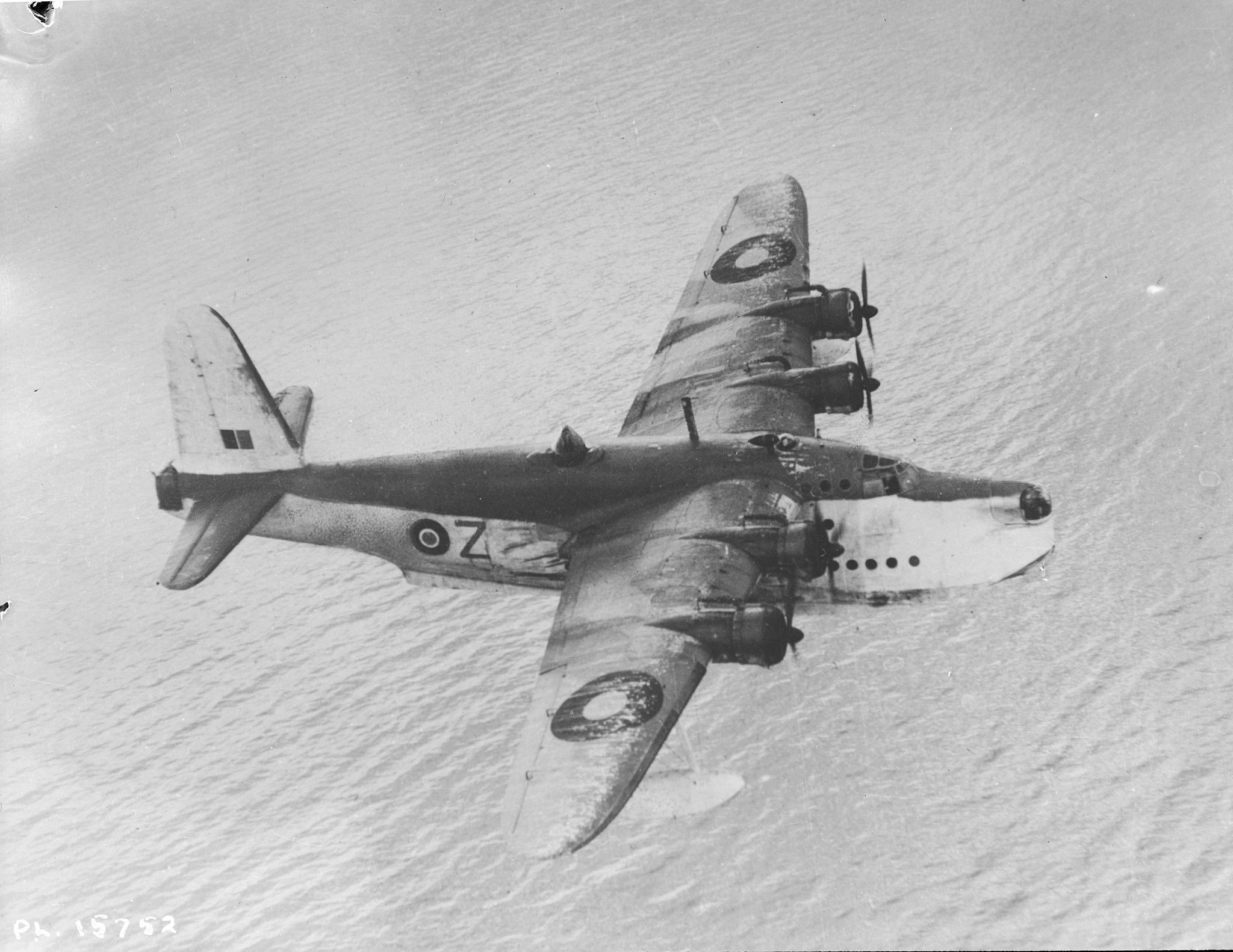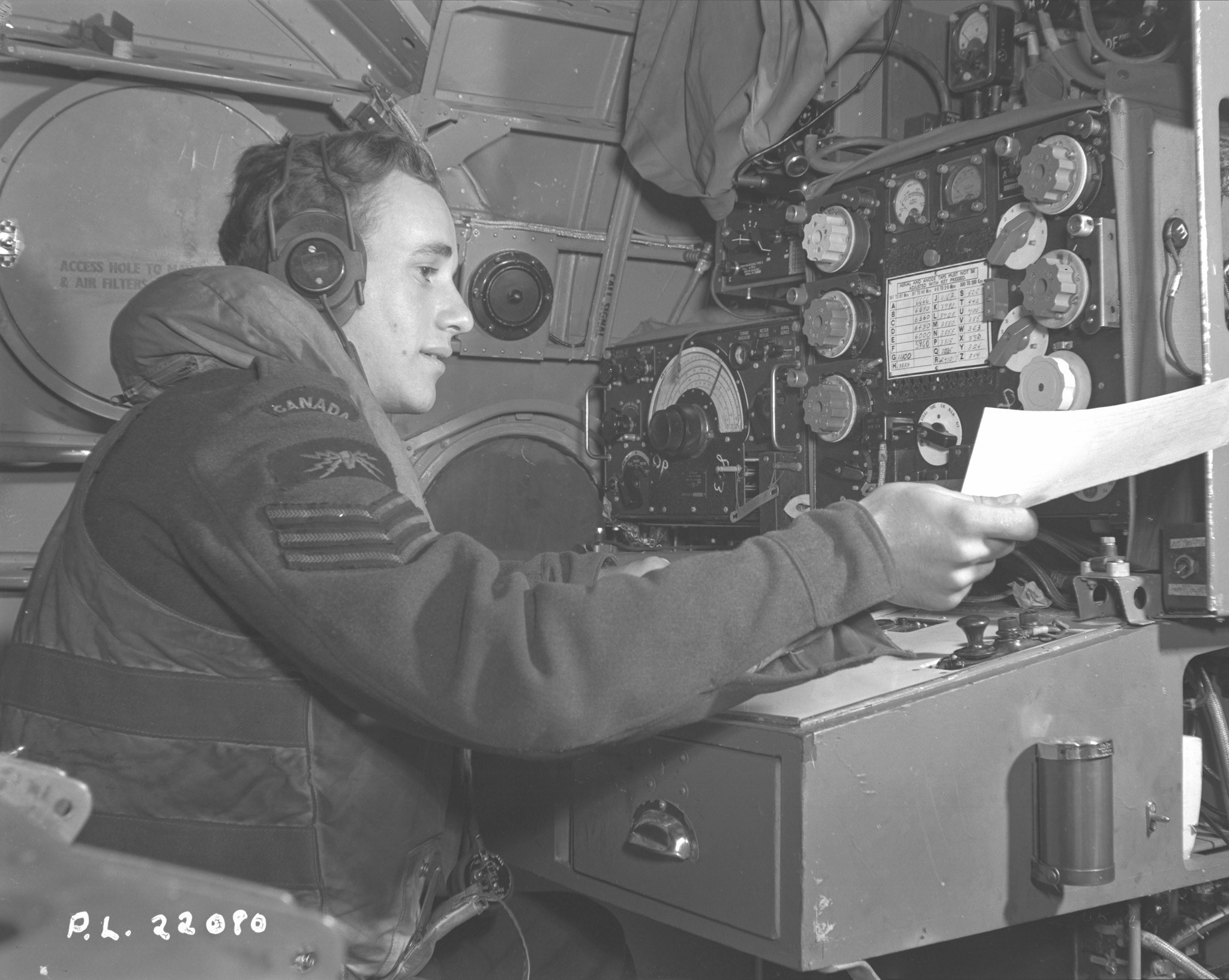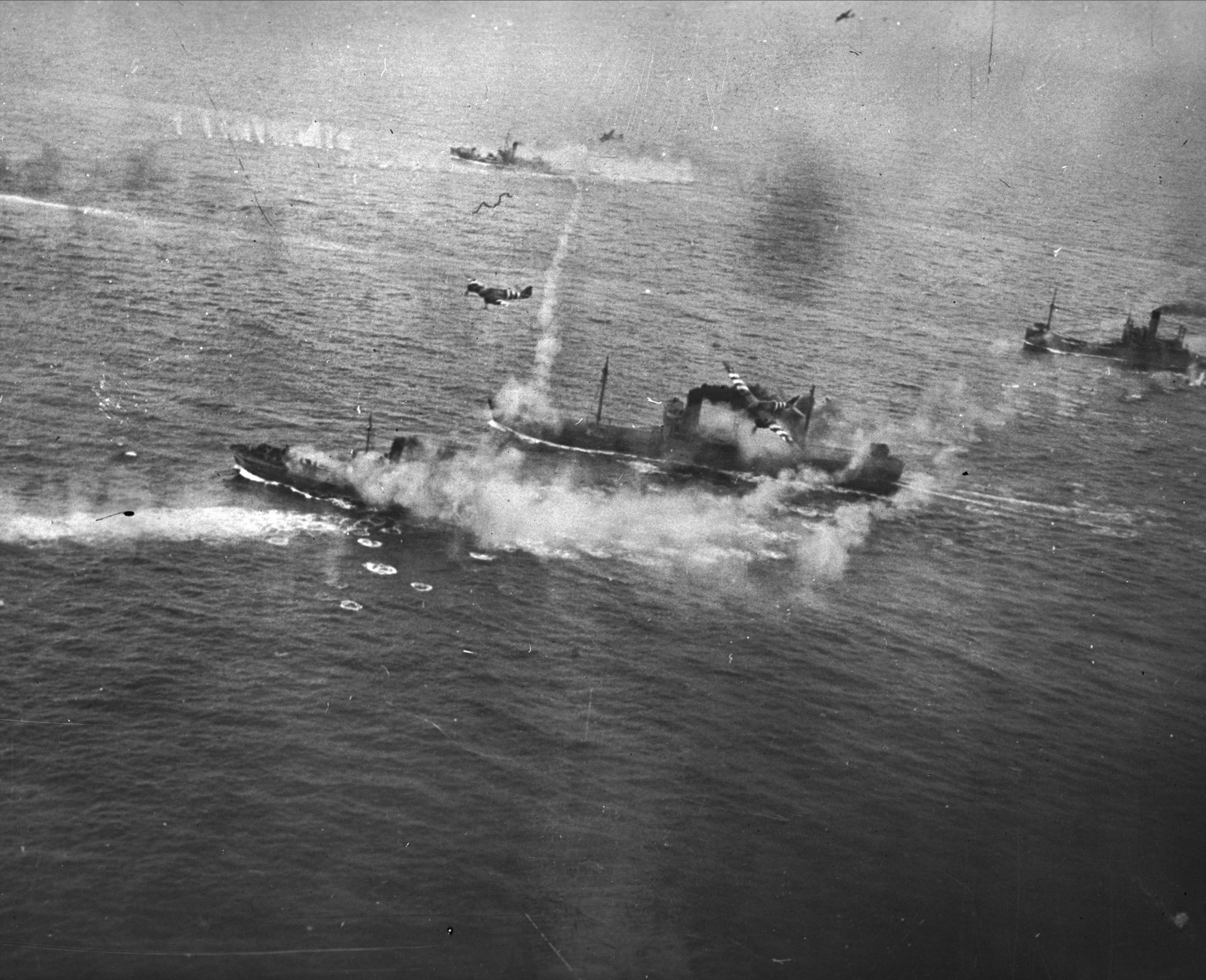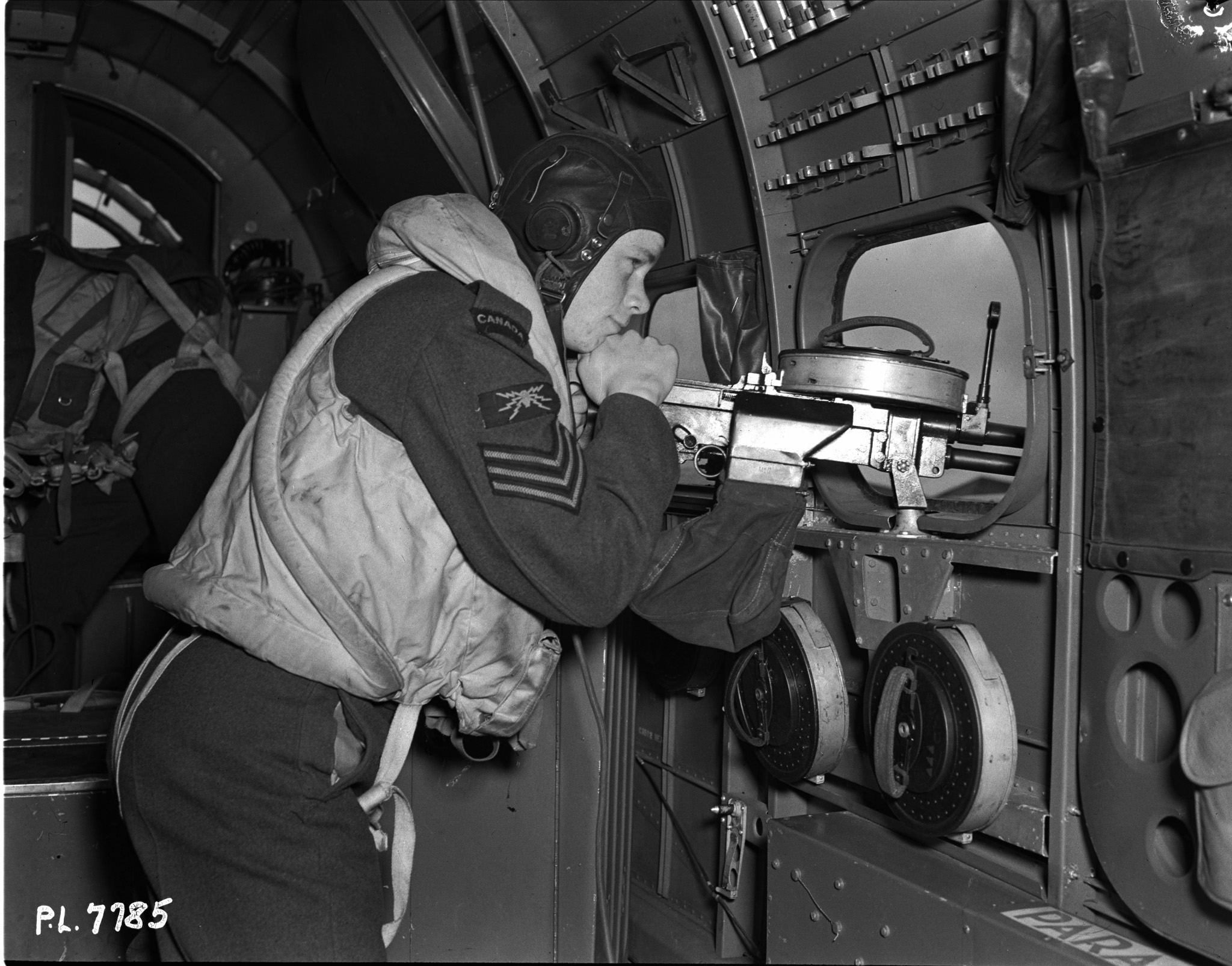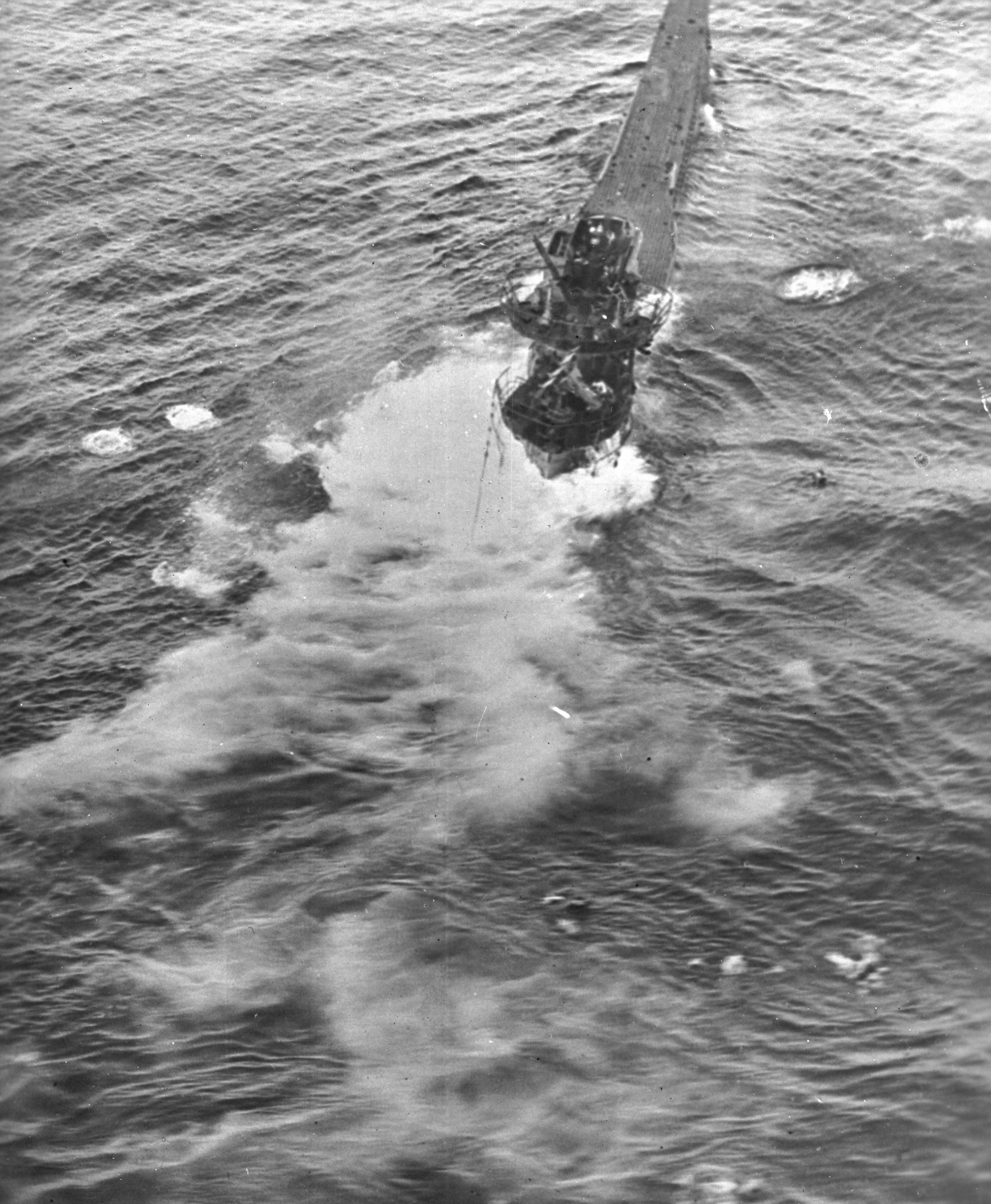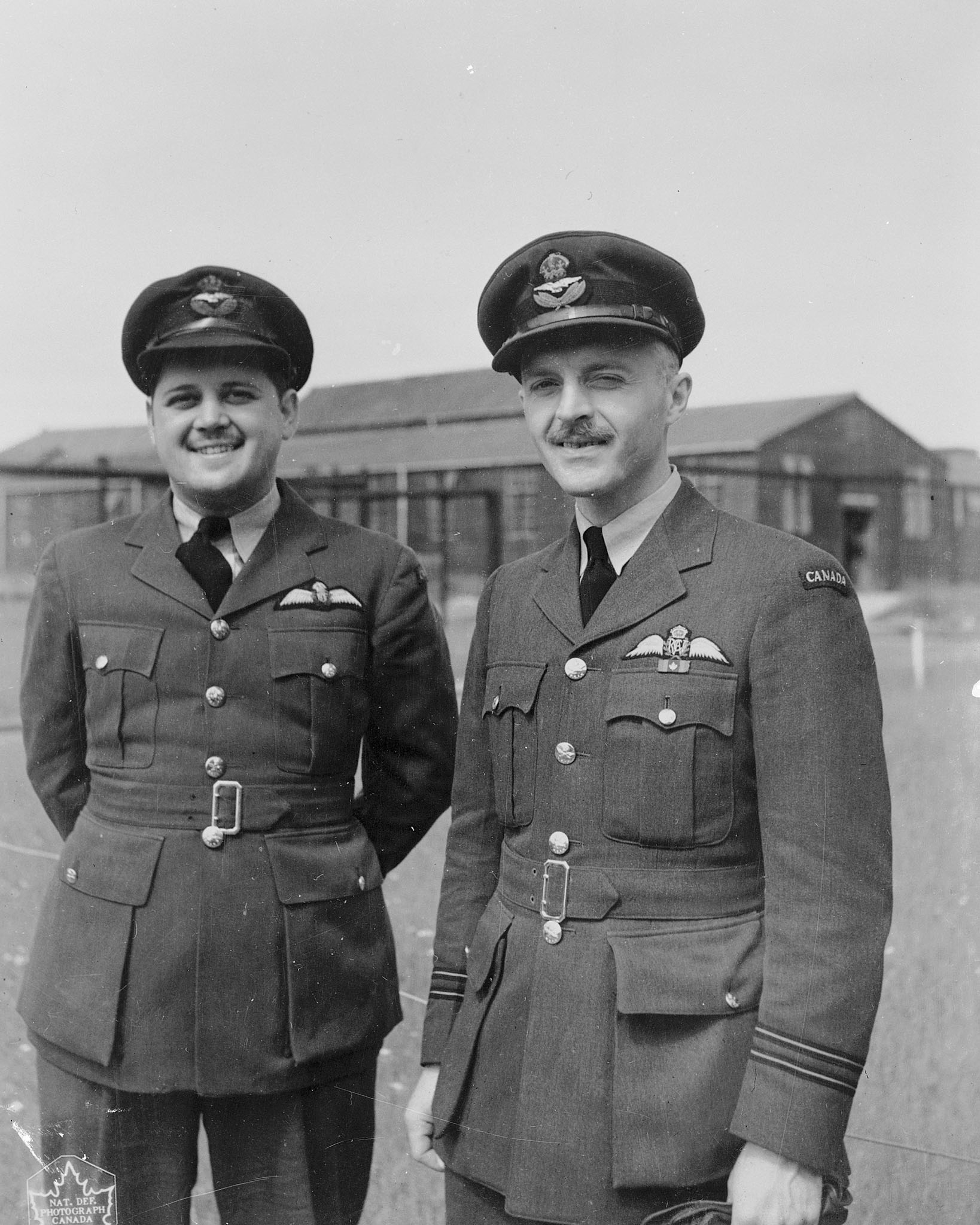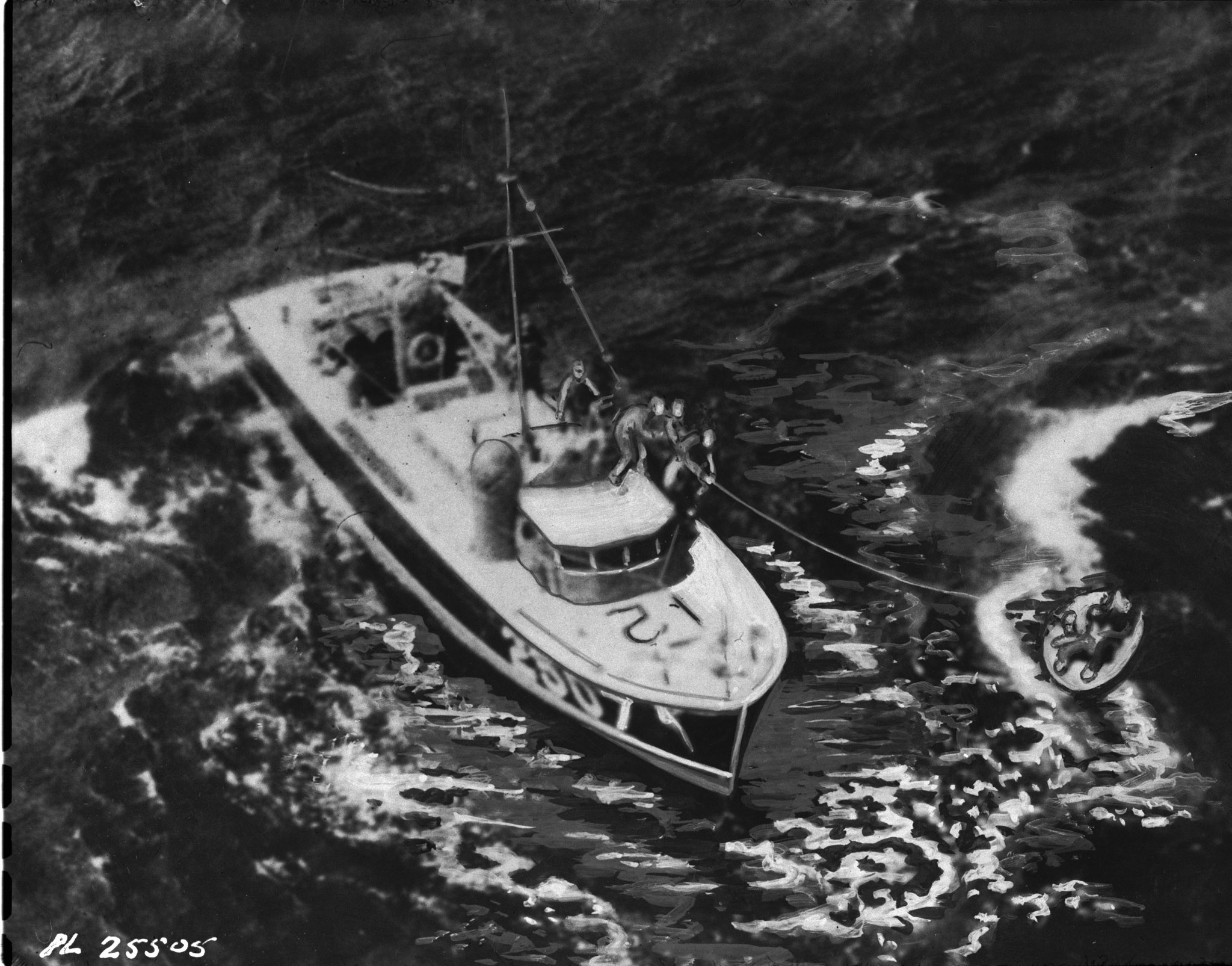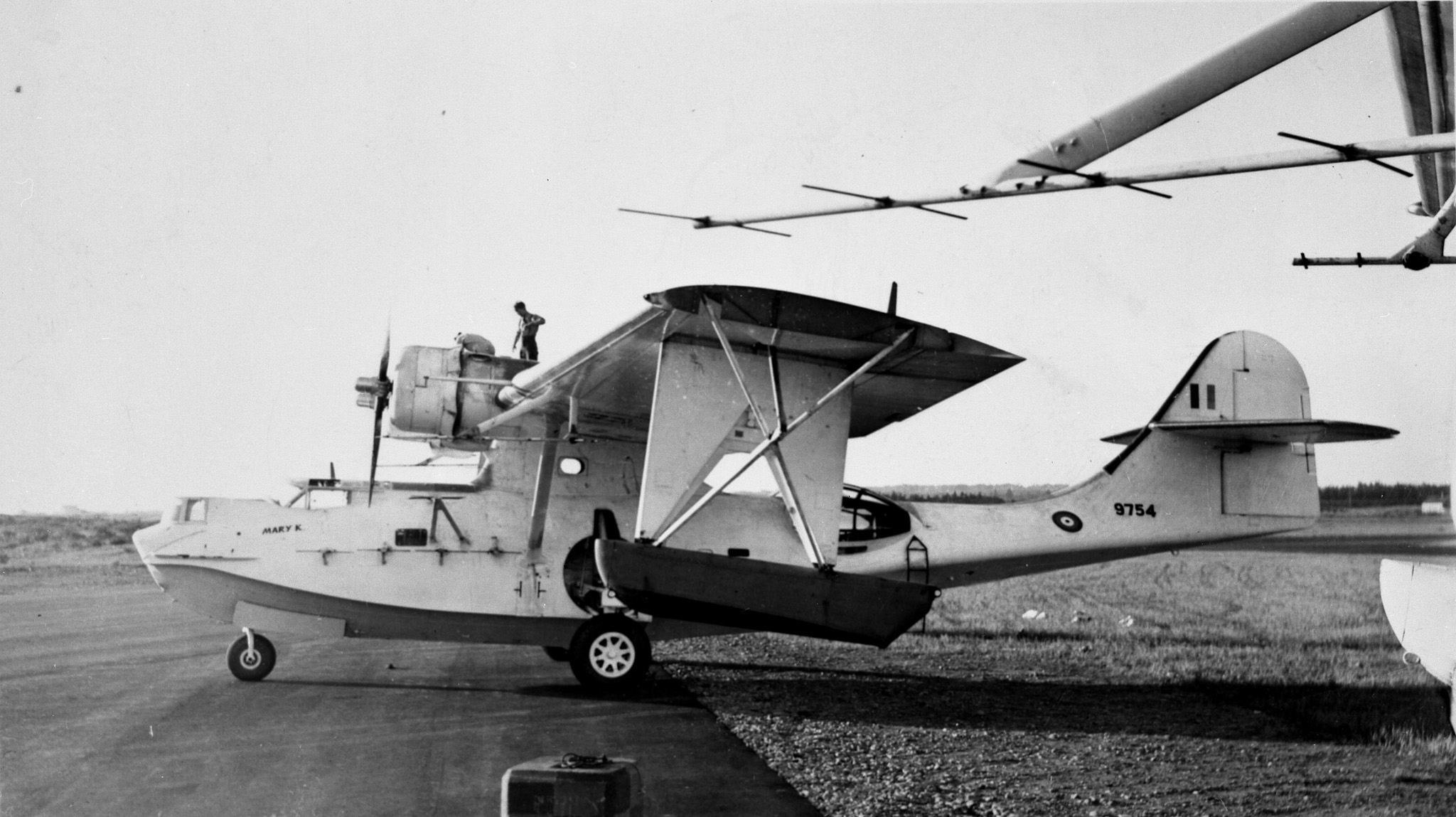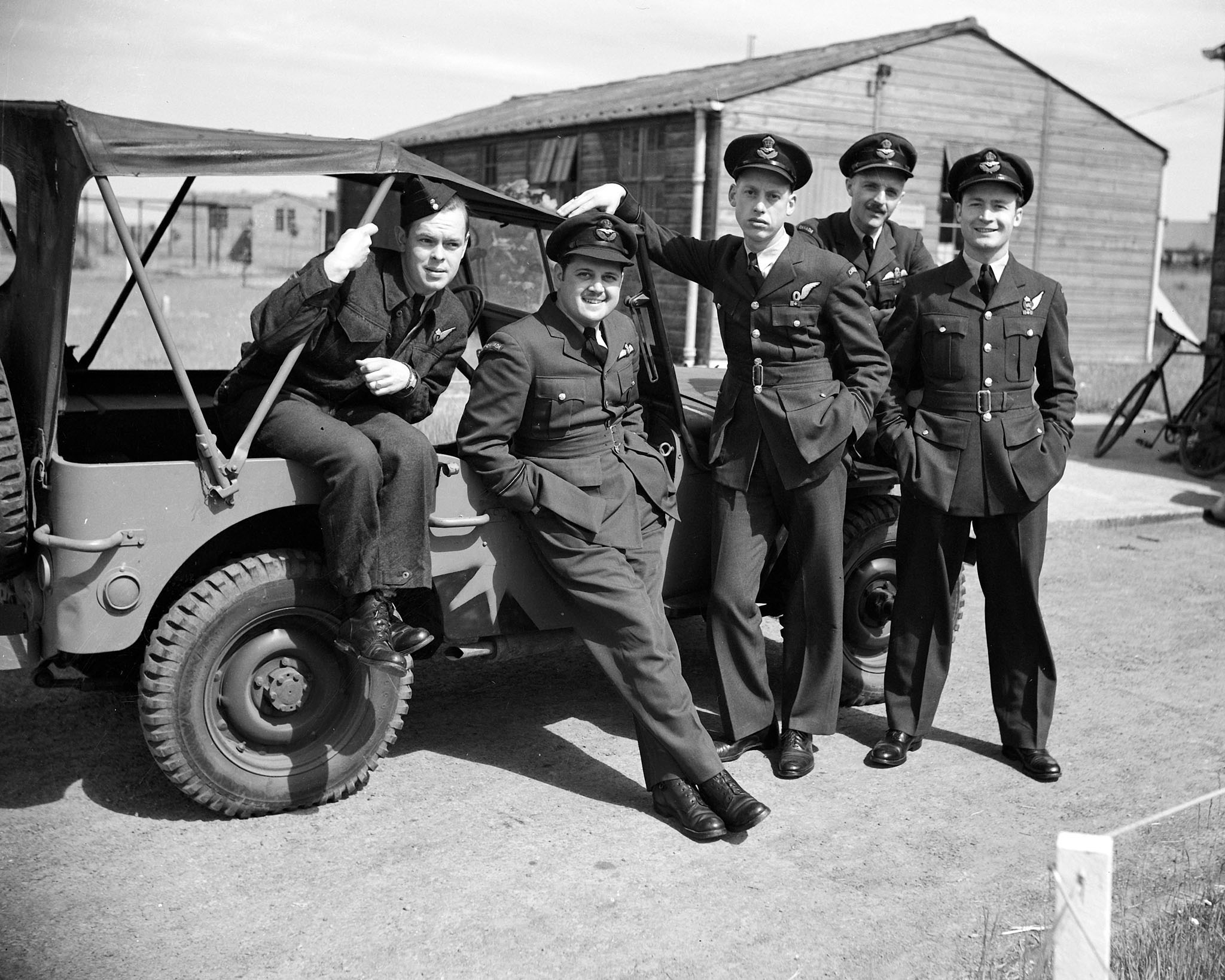The RCAF and the Battle of the Atlantic
News Article / May 3, 2021
To see more images, click on the photograph under “image gallery”.
By Joanna Calder
The Battle of the Atlantic, which continued throughout the Second World War, was the longest and largest campaign of the war. Canadian men and women, serving in the Royal Canadian Navy, Royal Canadian Air Force and the Merchant Navy, bore a heavy burden in this struggle for control of the shipping lanes on the North Atlantic Ocean.
Britain desperately needed supplies, particularly from North America. Germany, however, was determined to sink that incoming shipping with their stealthy U-Boats (submarines). So feared was this undersea menace that the Allied war leaders at the 1943 Casablanca Conference declared the elimination of the U-Boat threat as its number one priority.
The Royal Air Force’s Coastal Command, which included seven Royal Canadian Air Force squadrons, fought against the enemy’s U-Boats, merchant ships and warships. Coastal Command aircraft escorted convoys sailing from North America to Britain, and searched the seas from Iceland to Gibraltar. Coastal Command crews destroyed more than one-quarter of all German U-Boats “killed” during the war: 212 out of 800.
RCAF squadrons in Coastal Command and in Canada accounted for 19 U-Boats, while RCAF crews serving in Royal Air Force squadrons involved in many more “kills” in the North Atlantic.
The tide began to turn against the German submarine “wolf packs” in 1943, in part due to the introduction of American-made Consolidated B-24 Liberator bomber. The aircraft, used by Coastal Command as a long-range patrol aircraft, helped close the “Atlantic Gap”, the part of the ocean where U-Boats had prowled unmolested because they were out of range of aerial attack. Technological advances such as sonar helped Allied ships and aircraft target U-Boats that had previously operated safely under cover of darkness. Losses to German U-Boats continued, however, right up until the end of the war.
The cost of winning the Battle of the Atlantic was high. Most of the 2,000 members of the Royal Canadian Navy who died during the war lost their lives in the Battle of the Atlantic. More than 750 members of the RCAF died in maritime operations as a result of enemy action and flying accidents in the unforgiving environment. And the Book of Remembrance for the Merchant Navy lists the names of nearly 1,600 Canadians and Newfoundlanders – or those who served on ships of Canadian or Newfoundland registry.
The Battle of the Atlantic is commemorated annually on the first Sunday in May.
Flight Lieutenant David Hornell flew with the Royal Air Force’s Coastal Command, stalking German U-Boats during the Battle of the Atlantic.
His heroism earned him the Victoria Cross. He was the first member of the RCAF to be awarded the Victoria Cross and one of only two RCAF members to earn this highest decoration for valour during the Second World.
Flight Lieutenant Hornell, who was born in Ontario in 1910, was the aircraft captain of a PBY-5A Canso amphibious aircraft with the RCAF’s 162 Squadron, temporarily attached to Coastal Command and conducting anti-submarine warfare in the North Atlantic.
On June 24, 1944, he was on a patrol out of Iceland; his wireless gunner – Flight Sergeant Sydney Cole – spotted a sub in the distance and Flight Lieutenant Hornell turned to attack it. But the U-Boat had already seen the aircraft and the sub commander returned heavy and accurate anti-aircraft fire.
Just as he gained speed to attack the submarine, one of Flight Lieutenant Hornell’s guns jammed and two shells hit his aircraft, starting a fire inside the plane and knocking out one engine. Despite the chaos, he still managed to drop his depth charges and send the U-Boat to the bottom of the ocean.
After the Canso crash-landed into the rough and icy sea, only one of the two inflatable dinghies was serviceable. It was too small for everyone, so crew members took turns sitting inside or partially immersed in the water while clinging to the dinghy’s sides. Two of the crewmen died during their 21-hour ordeal. By the time the remaining crew were rescued, Flight Lieutenant Hornell was blind and completely exhausted; he died shortly after being picked up. He is buried in Lerwick Cemetery, located in Scotland’s Shetland Islands.
Flight Lieutenant David Hornell’s Victoria Cross was announced in the London Gazette on July 28, 1944. He was inducted into Canada’s Aviation Hall of Fame in 1974.
With files from articles by David Krayden, published in On Windswept Heights, and from the Veterans Affairs Canada website.
